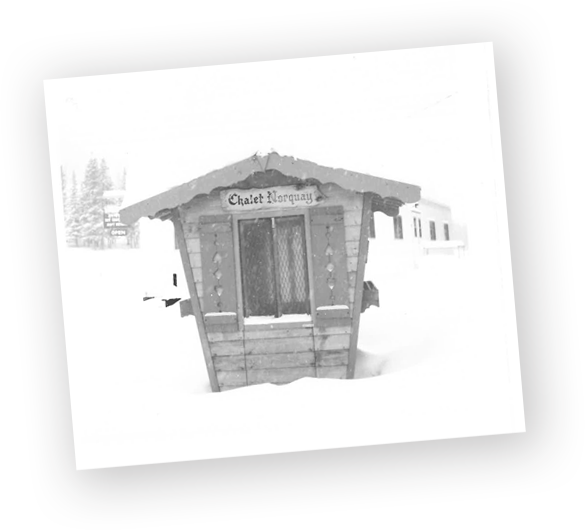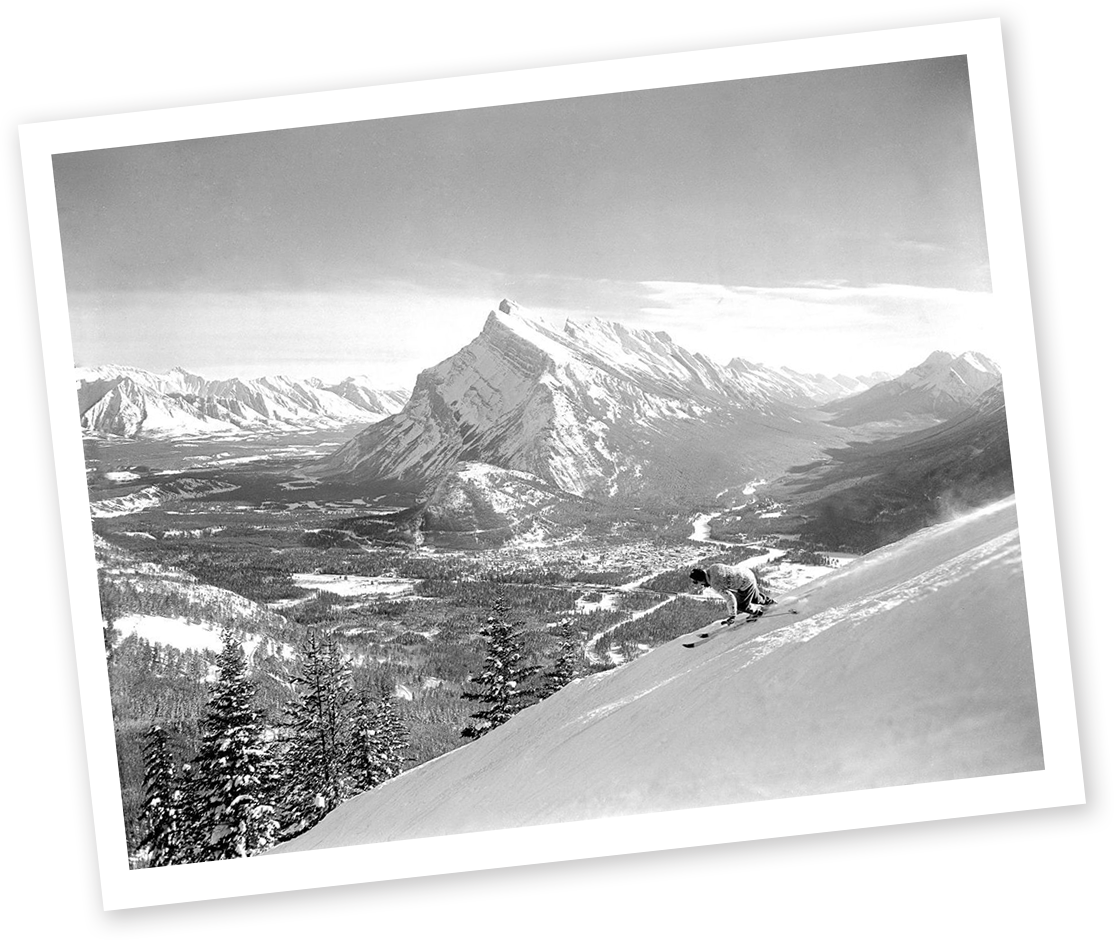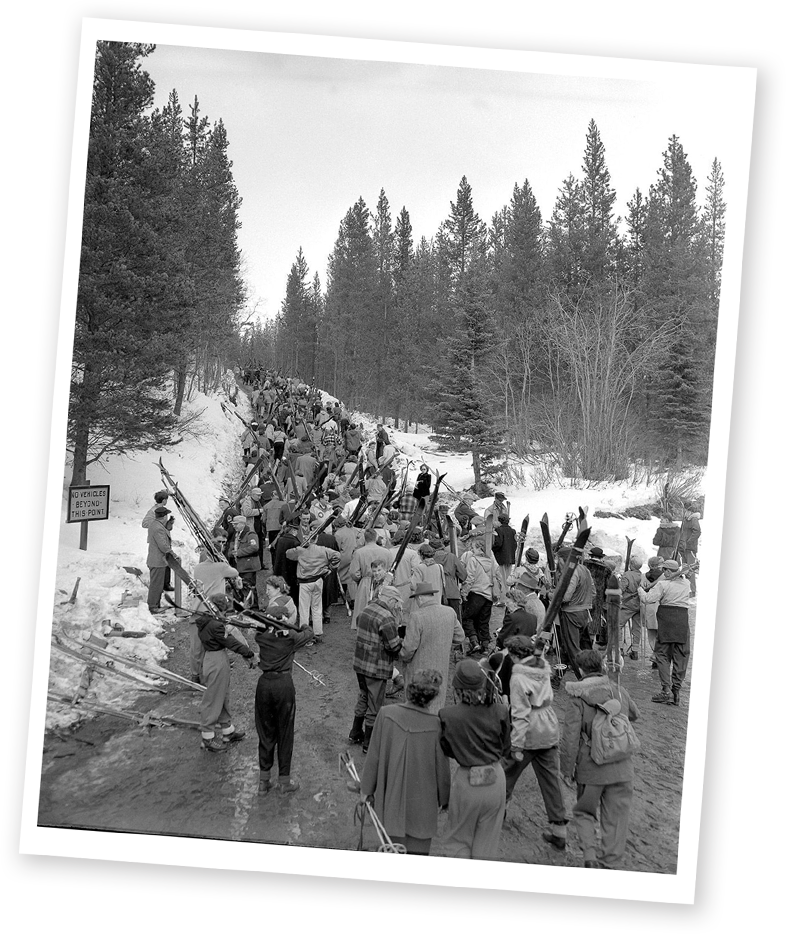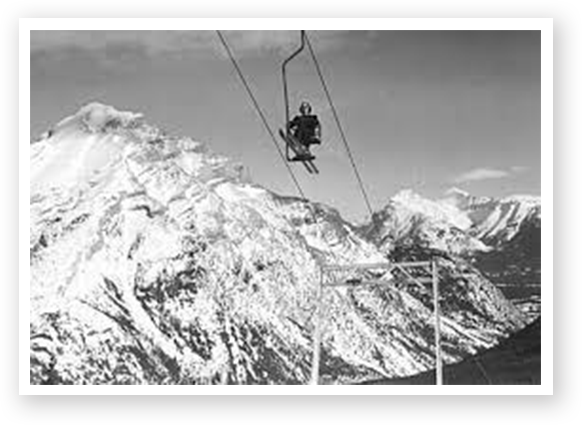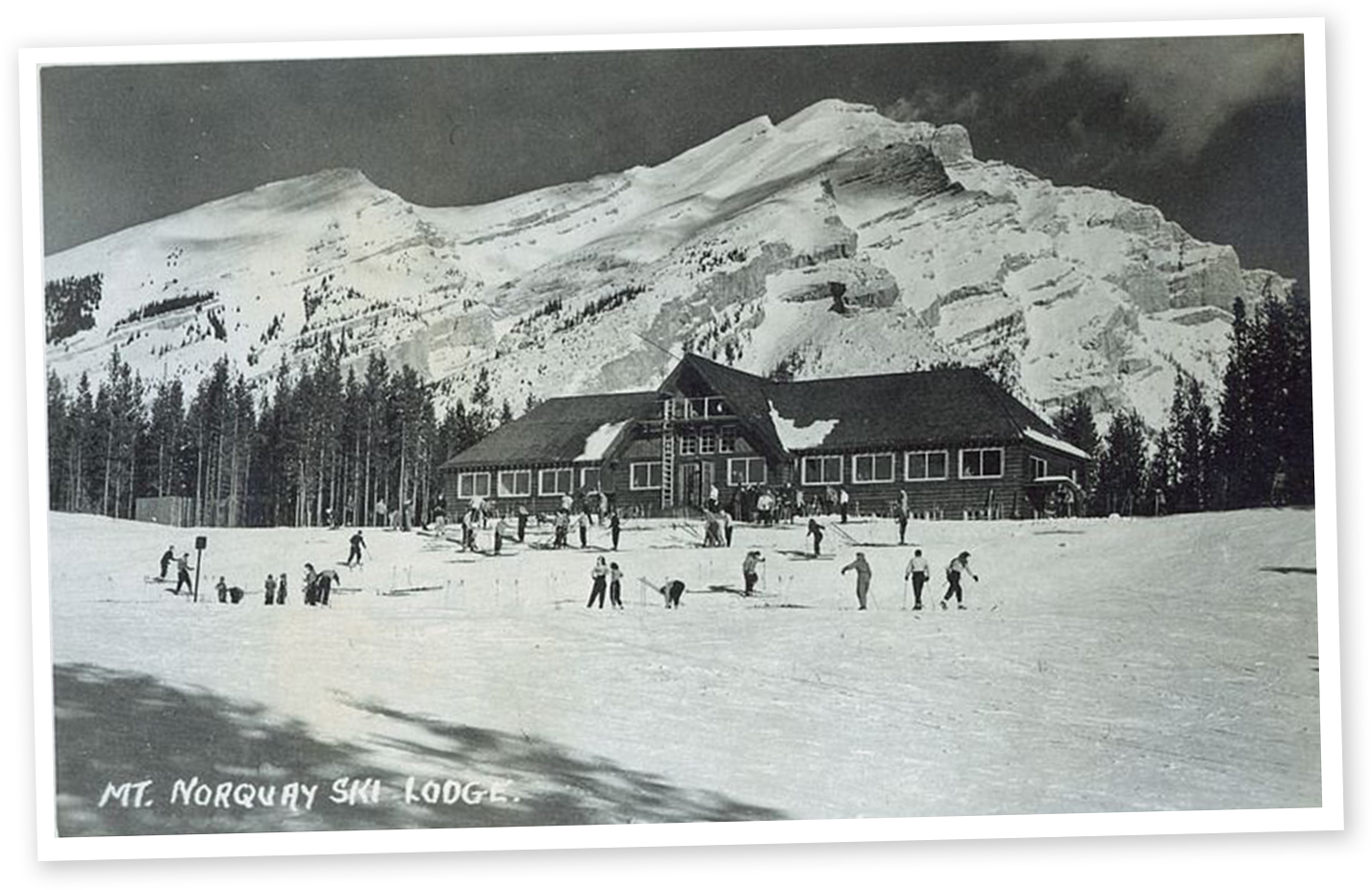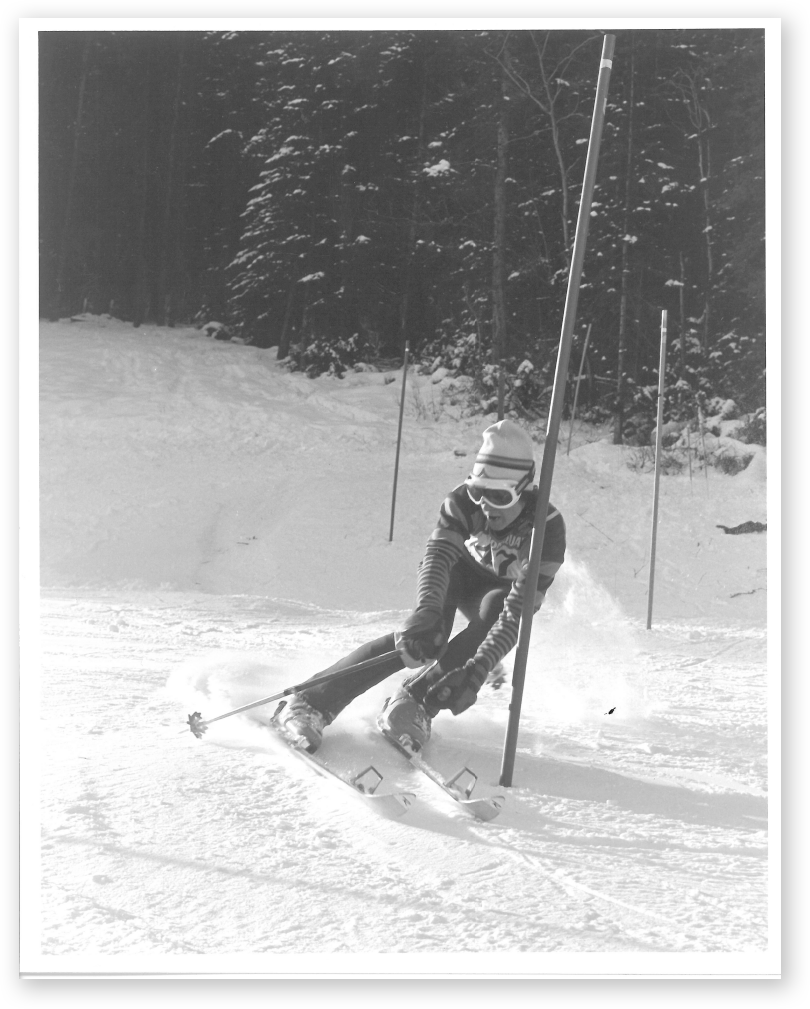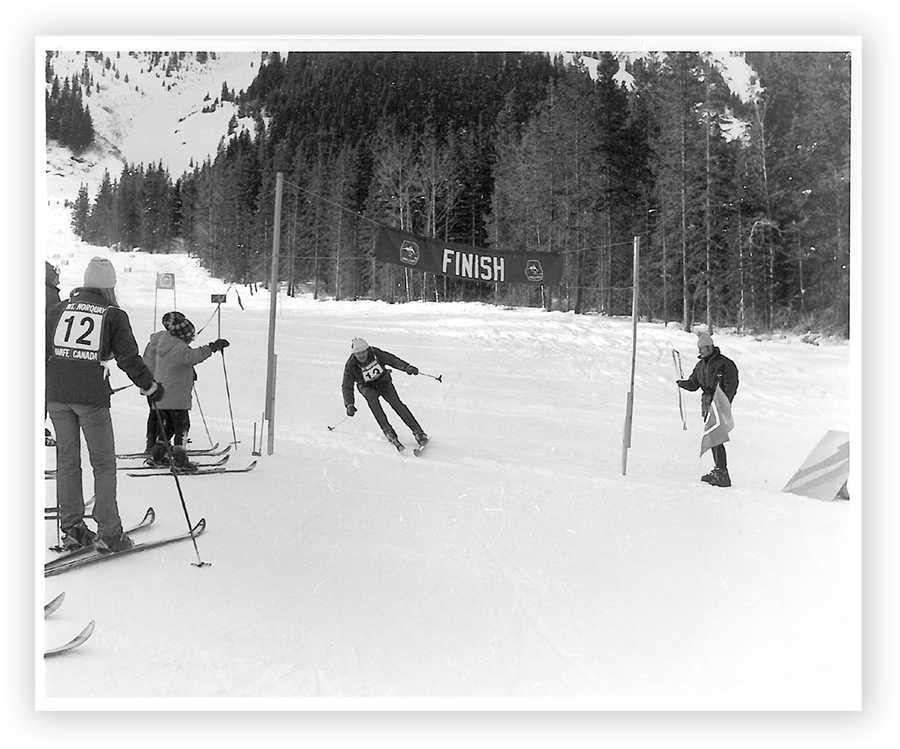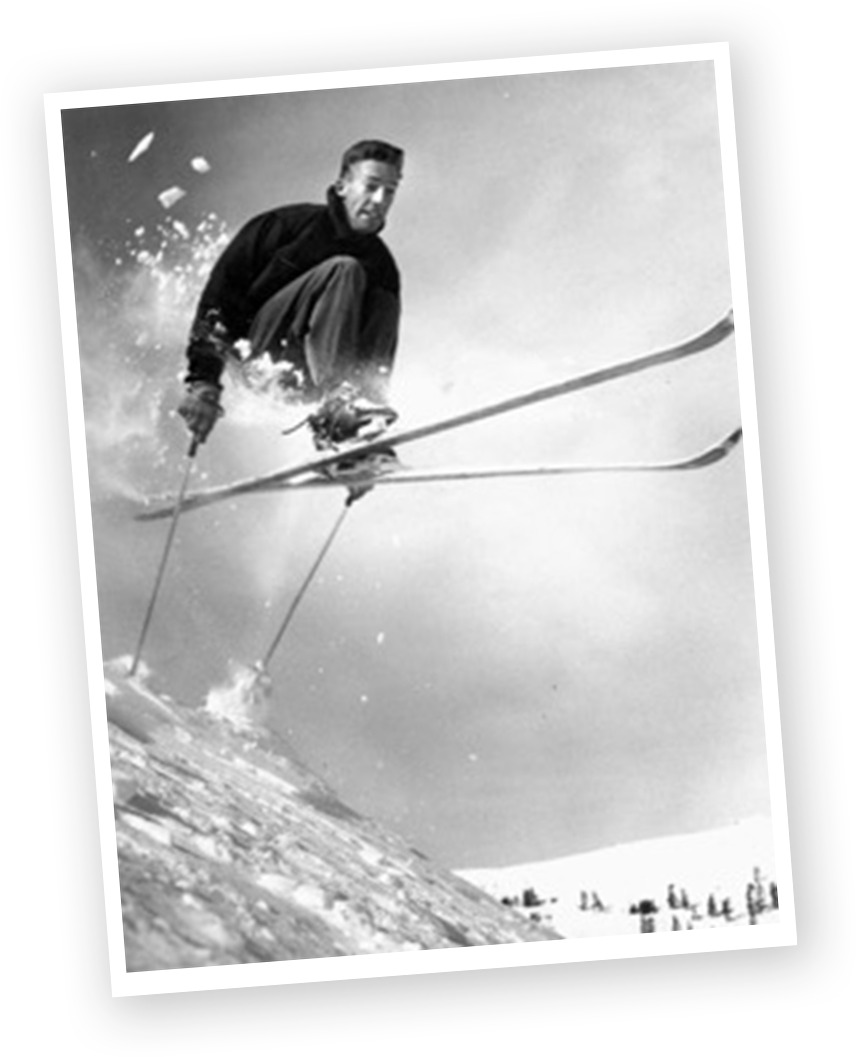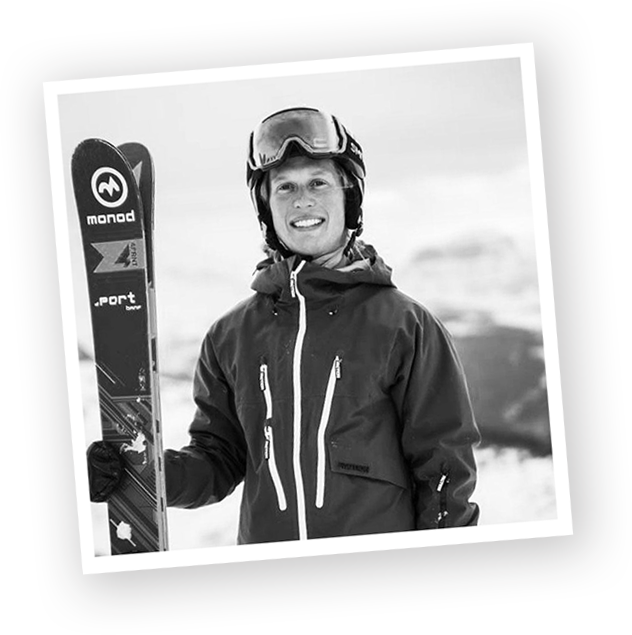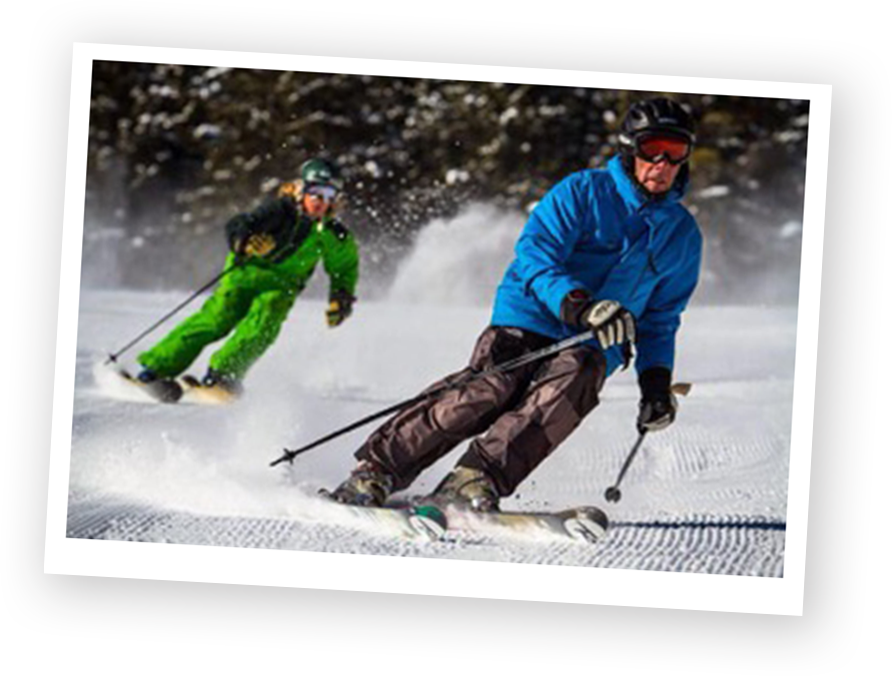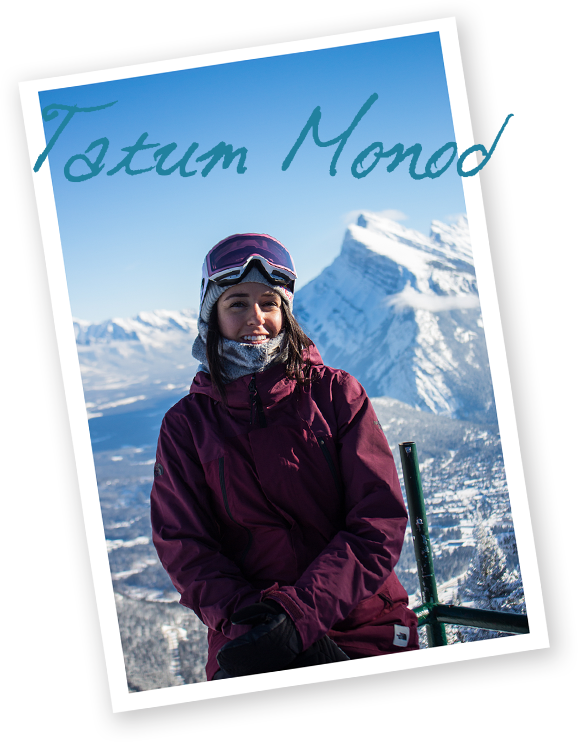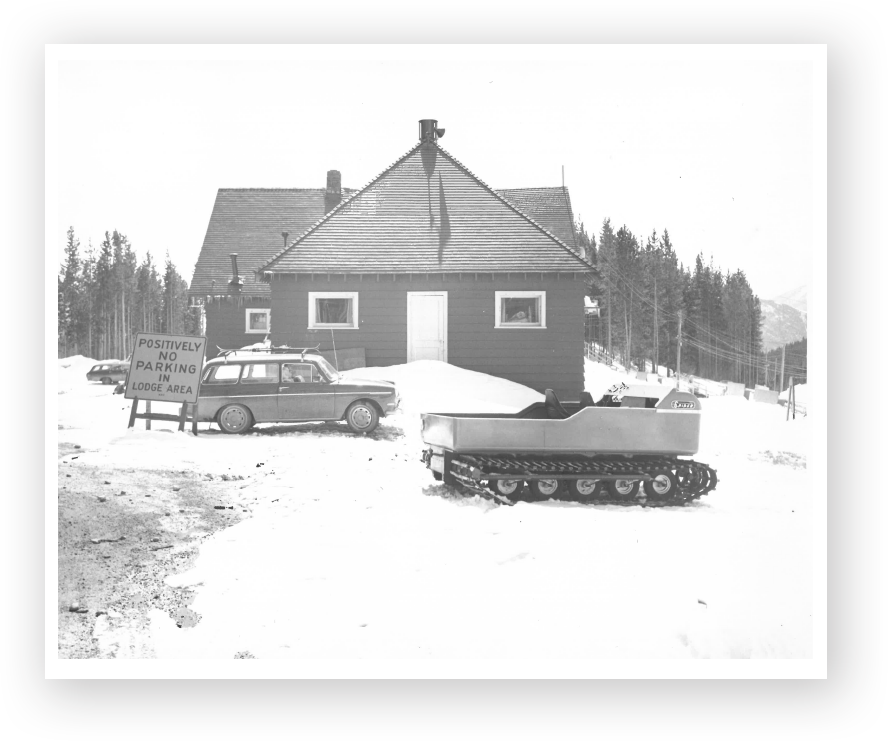
Reflections of Norquay
70 Years of the North American Chair
From its earliest introduction to the Banff area by Scandinavian Canadian Pacific Railway workers and Swiss mountaineering guides, for more than a century skiing has been the very soul of Canadian Rockies culture. At Norquay, this living history is represented by an iconic piece of infrastructure, still in use to this day: The North American Chairlift. The “Big Chair,” as known by locals, has offered a gateway to some of Canada’s most challenging terrain, and best viewpoints, since 1948—and 70 years later, in winter 2018/19, it’s still spinning. But riding the Big Chair is more than just a way to get from A to B—it has a lifetime of stories to tell. To celebrate its 70th year, join us on a ride through some of Norquay’s most memorable moments.

Natural Splendour:
The Birth of Tourism in Banff
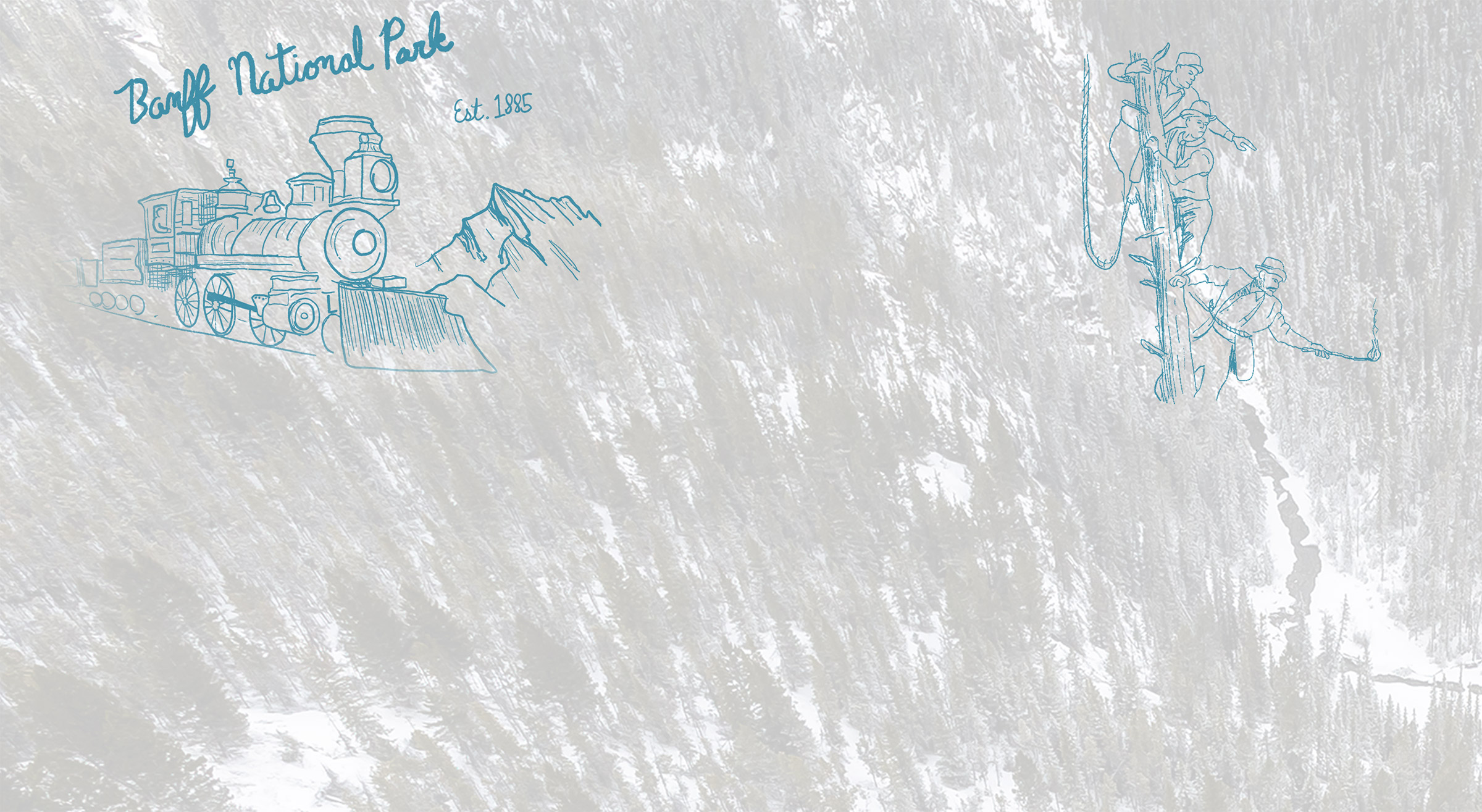

Ski Jumps, Slaloms, and Beyond:
Start of Norquay



Norquay’s Evolution:
"Big Chair" Opens up the Mountain

Marilyn Monroe




Ski Racing:
Where Champions Learn and Earn their Turns
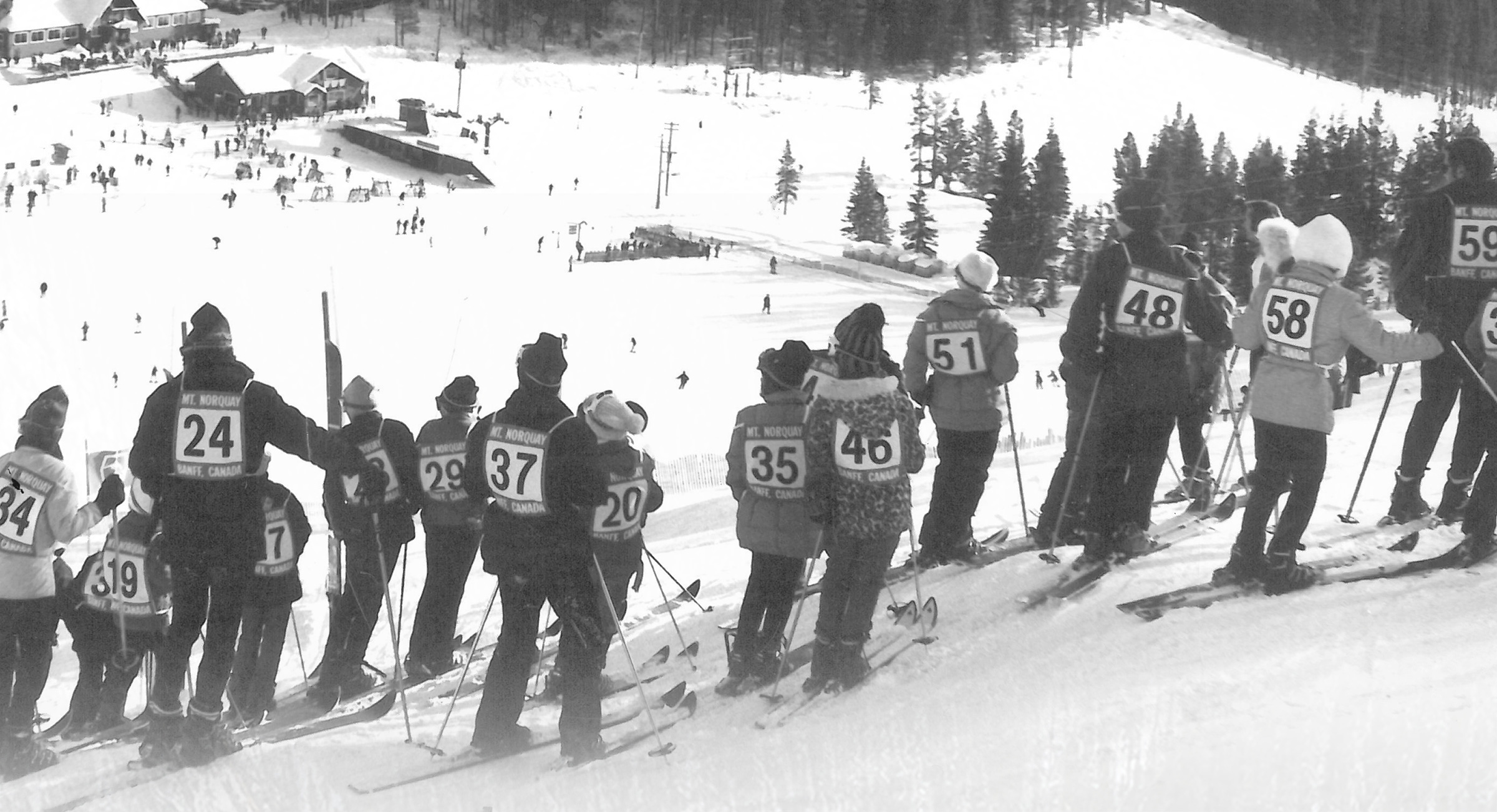
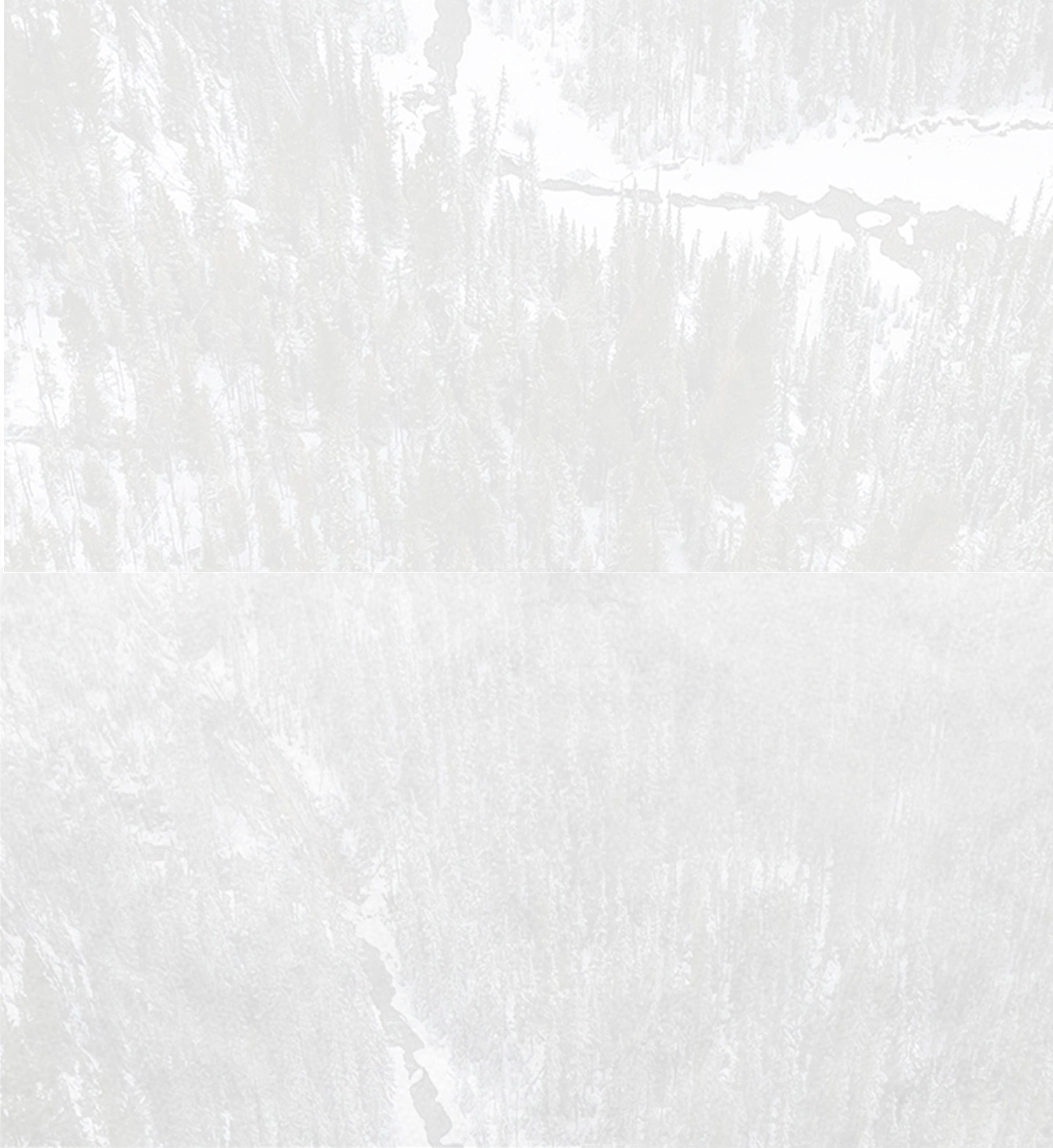


“Mt. Norquay, to me, is the number one place.
The staff are so nice and helpful.”-
Leo Berchtold
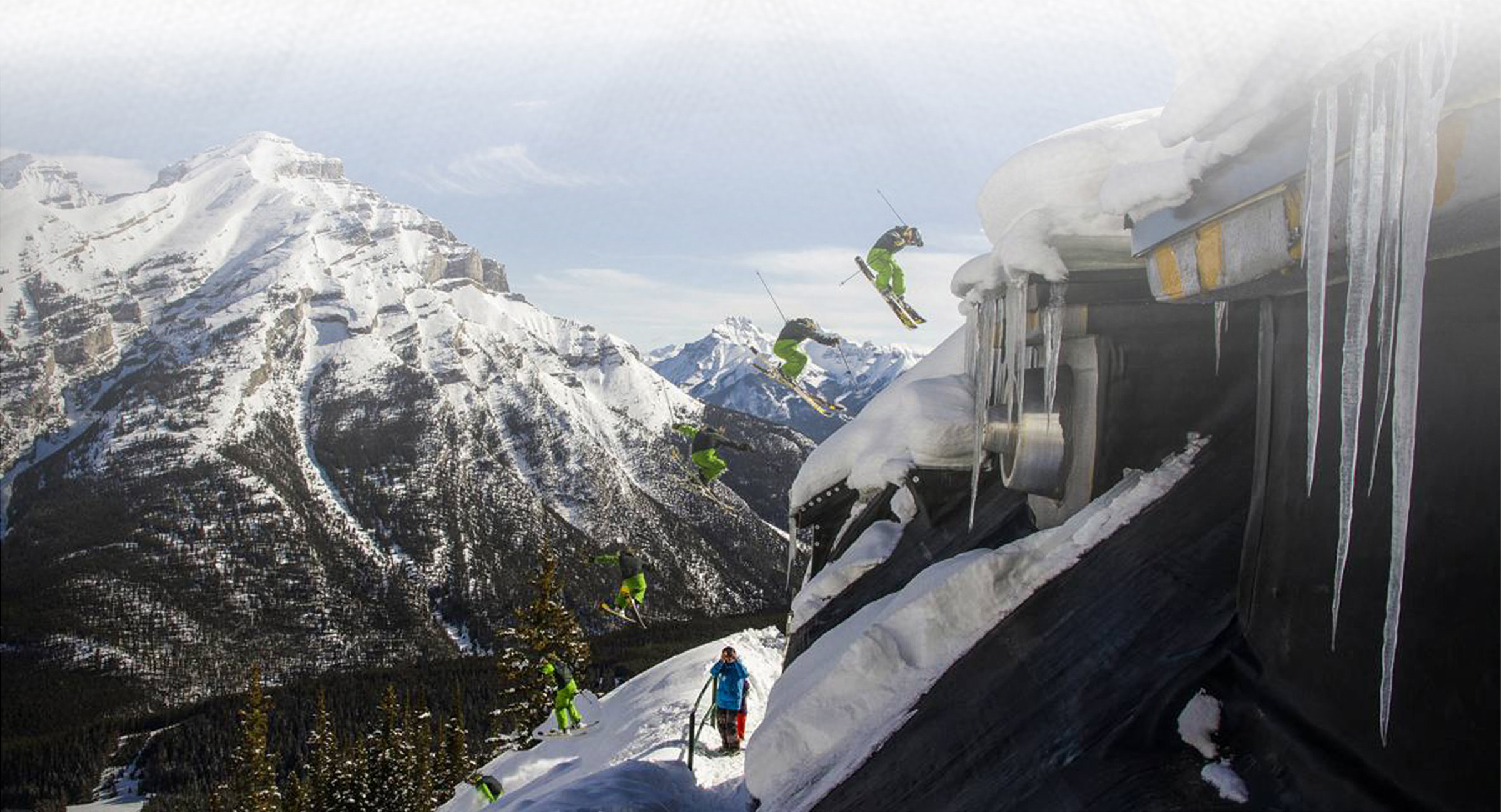
Through the Generations:
Family Legacies Live On




Best of Old & New:
Norquay Continues to Grow










